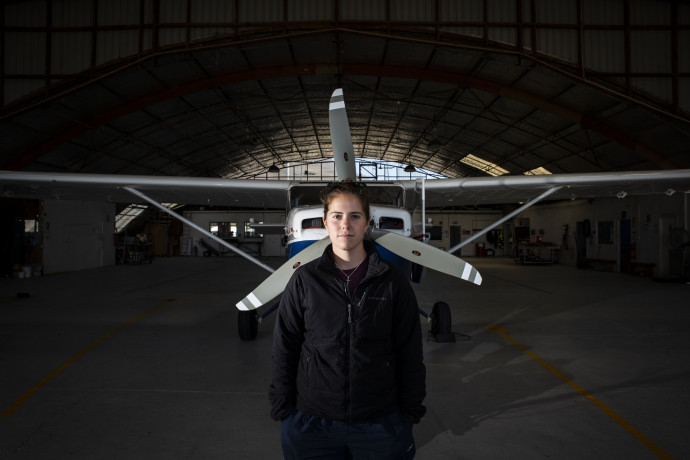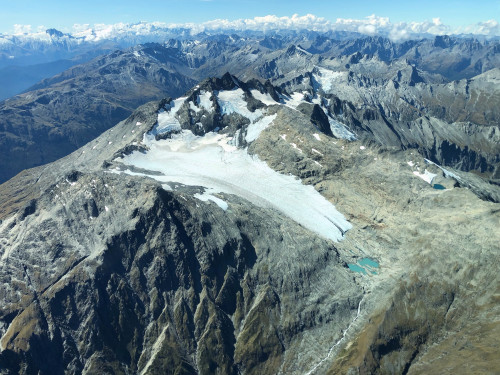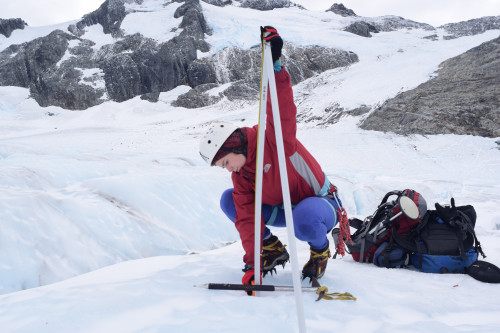What have we done? How much of our glaciers are melting due to climate change?

Dr Lauren Vargo from Te Herenga Waka Victoria University of Wellington will calculate how much glacier melt can specifically be attributed to human-induced climate change, to empower decision-making for the billions of people who are, and will be, impacted by their retreat
Published on 3 Whiringa-ā-rangi November 2022
Glaciers are earth’s water towers, but approximately one third of glacier ice has melted since the year 2000 as global temperatures have risen by 0.5°C. This affects billions of people who rely on glacier melt for drinking water, power generation, and agriculture. For example, temperatures in Pakistan were up to 7°C warmer than normal in May 2022, leading to the rapid melting of Shispar Glacier. This triggered a glacier lake outburst flood that destroyed a bridge and damaged homes, buildings, and power plants.

Brewster Glacier as seen on the '2019 End of Summer Snowline' flight. Brewster Glacier is one of the New Zealand glaciers that will be included in this research. Photo: Lauren Vargo
Global models of climate change are continually improving through advances in technology and understanding. For example, we can now calculate how much glacier melt, especially extreme melting events, is due to human-caused climate change compared to natural climate cycles. This can inform local governments on the necessary mitigation strategies for glacier melt in their specific region, which is increasingly important as those impacts are anticipated to intensify.
Through this Marsden Fast-Start project, Dr Vargo and an international team of researchers will use computer models to simulate glacier mass change ‘without climate change’ (where greenhouse gases are one third of what they are now) and ‘with climate change’ (greenhouse gases at modern levels). They will quantify how much man-made climate change has altered the likelihood and severity of ice-melting in 230 individual glaciers. They will also look to project future changes in extreme glacier melt as temperatures continue to rise. This research will provide a template for future studies that aim to quantify the impacts of anthropogenic climate on other disaster-causing systems, including landslides and earthquakes.

Dr Vargo measuring glacier mass change on Brewster Glacier in 2018. This and other measurements of glacier mass change are a critical component of this research. Photo: Brian Anderson
While this research has clear global implications, the team also wants their research to benefit glacier systems in Aotearoa. Working with local iwi and the guides at Franz Josef and Fox Glacier, they will update the display panels and brochures at these sites to inform people of the danger that climate change poses to glaciers. They will also develop educational outreach days for four local schools, to support the next generation of glacier guardians.
